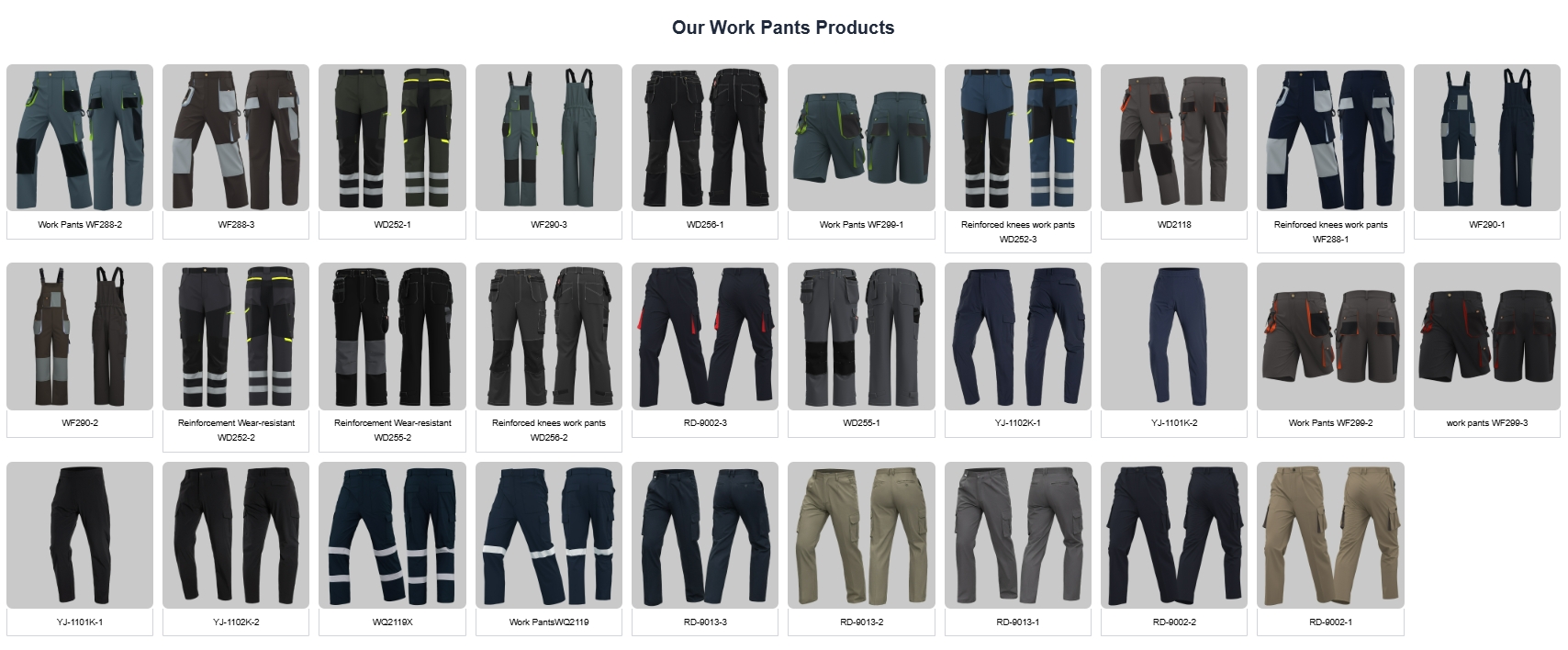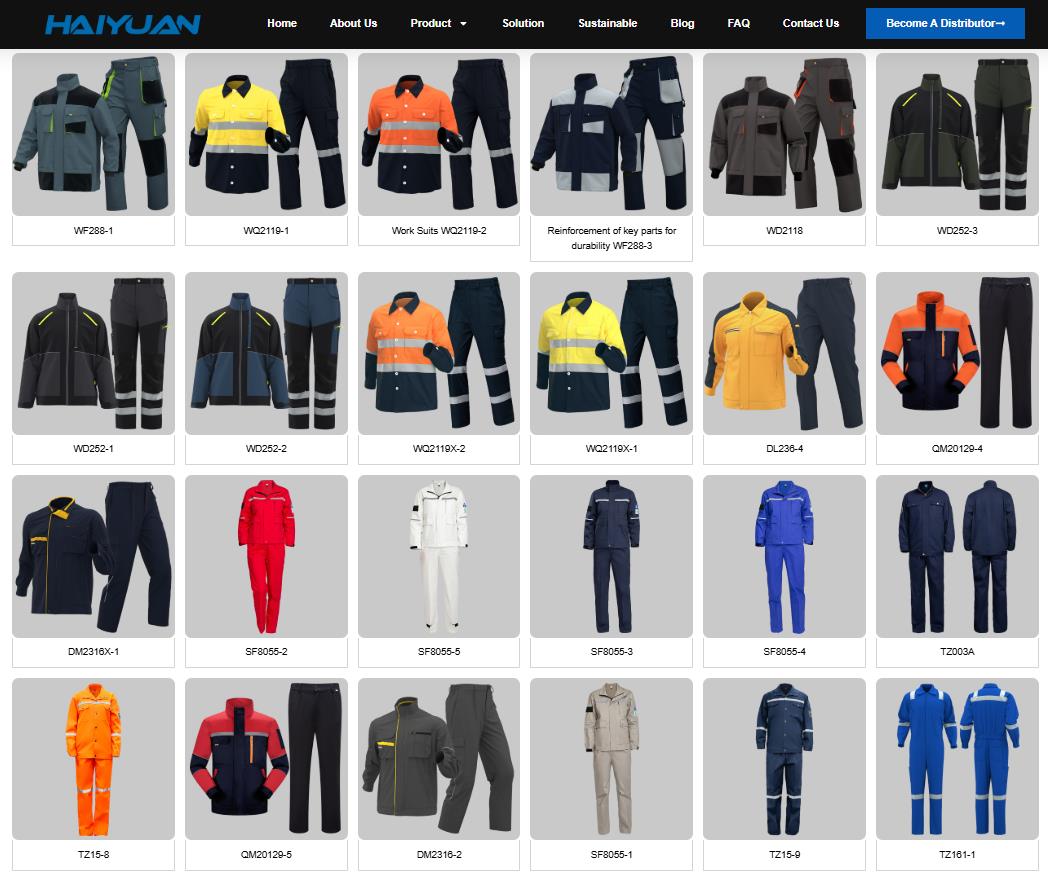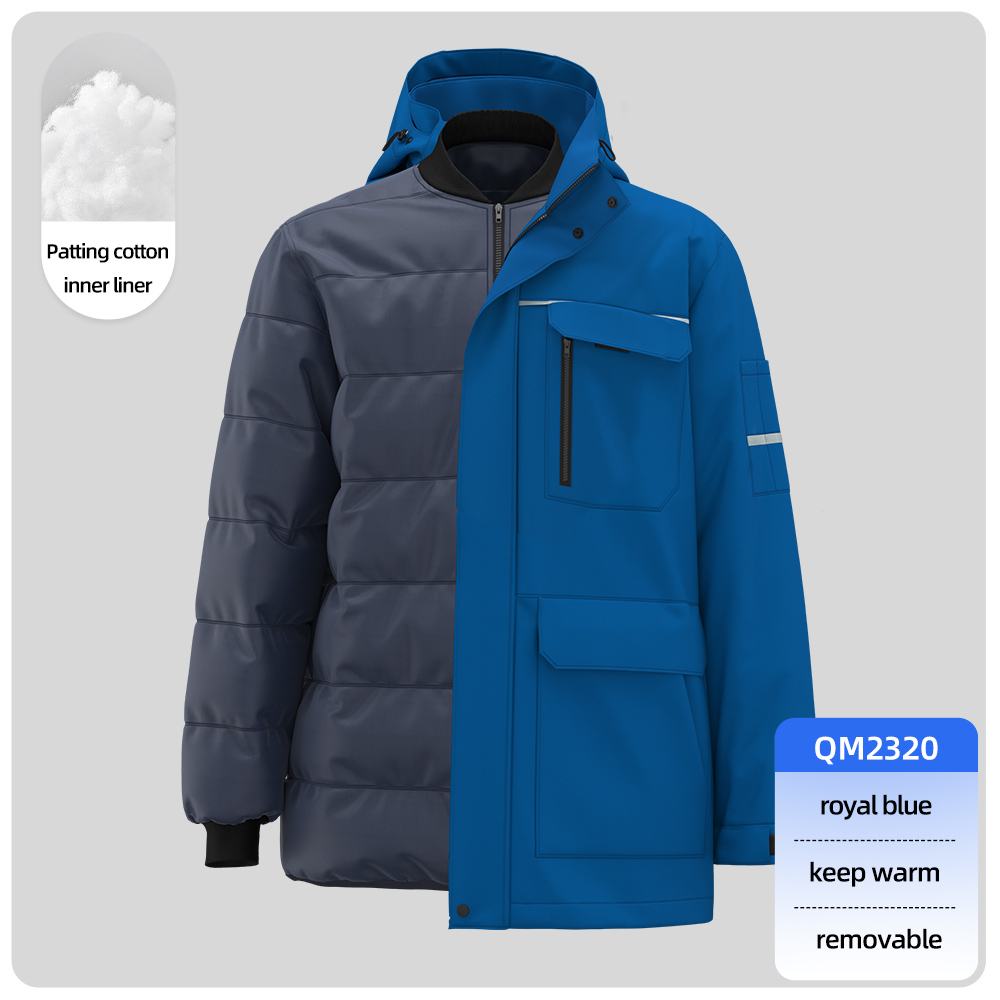Workshop clothing, much like oil rig gear, is all about safety, durability, and practicality. However, the specific hazards are different, so the clothing choices are more varied.
Unlike the mandatory Flame-Resistant (FR) requirement on an oil rig, workshop clothing depends heavily on the type of work being done (woodworking, metalworking, automotive, etc.).
Here’s a head-to-toe breakdown of common workshop clothing and PPE.
The Core Principle: Dress for the Task
The golden rule is to wear clothes that protect you from the specific hazards of your project while avoiding anything that could get caught in machinery.
The Basic, All-Purpose Workshop Attire
This is a good starting point for most general workshop tasks (like woodworking, light metalworking, or DIY projects).
1. Upper Body
-
Durable Long-Sleeved Shirt or Workshop Smock/Apron: A long-sleeved shirt (like a denim or heavy cotton work shirt) protects your arms from sharp metal edges, wood splinters, and UV radiation from welding. Many woodworkers prefer a dedicated workshop smock or a heavy-duty leather apron to protect their everyday clothes from dust, glue, and stains.
2. Lower Body
-
Durable Pants: Heavy-duty canvas work pants or denim jeans are the standard. They resist abrasions and protect your legs. Avoid thin, flimsy fabrics.
3. Footwear
-
Closed-Toe, Leather Boots or Steel-Toe Boots: This is non-negotiable. Steel-toe boots are highly recommended for any work involving heavy materials (like lumber, metal sheets, or engines) to protect your feet from crushing injuries. At a minimum, wear sturdy leather boots that cover your ankles.
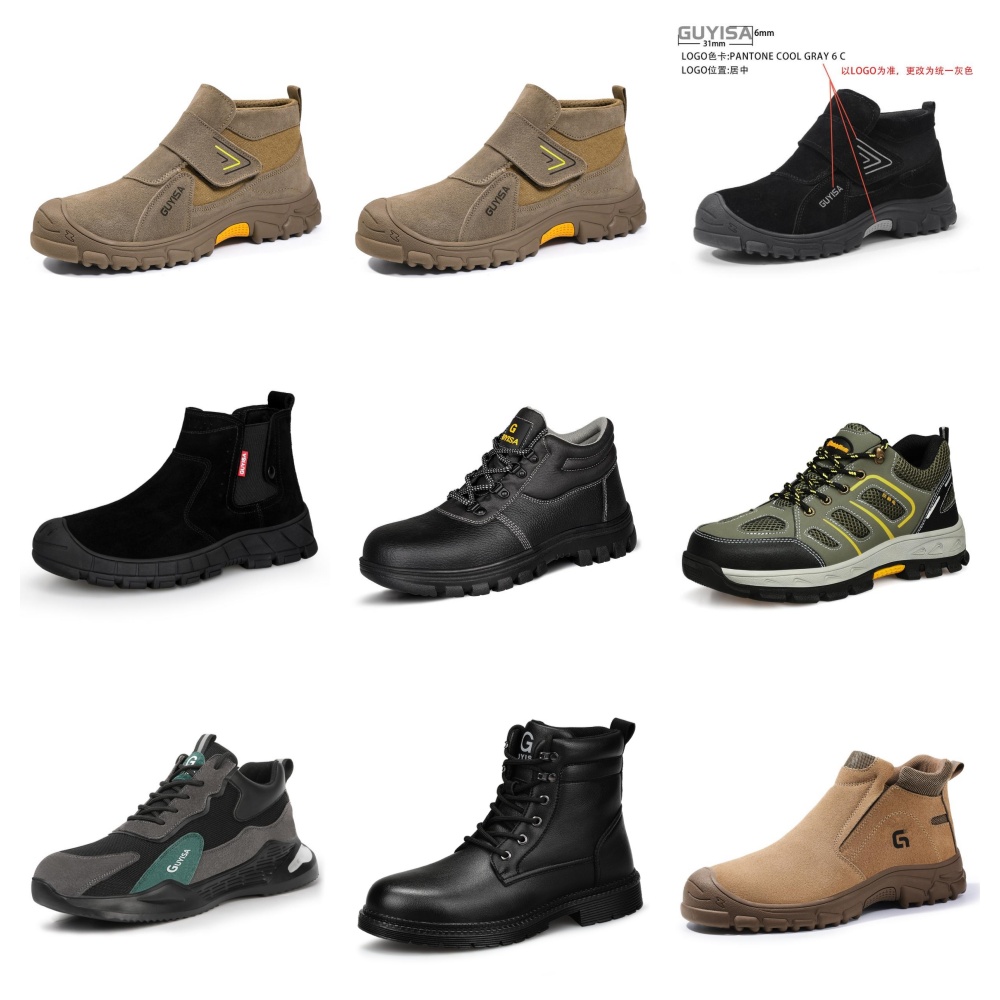
safety footwear
Essential Personal Protective Equipment (PPE)
This is worn over your basic clothing and is critical for safety.
1. Head Protection
-
Safety Glasses: The most important piece of PPE. Always wear them to protect your eyes from flying debris, dust, and chemical splashes. For certain tasks, you might need:
-
Goggles: Provide a sealed protection against chemical splashes or fine dust.
-
Face Shield: Used in addition to safety glasses for grinding, machining, or using a chainsaw to protect your entire face.
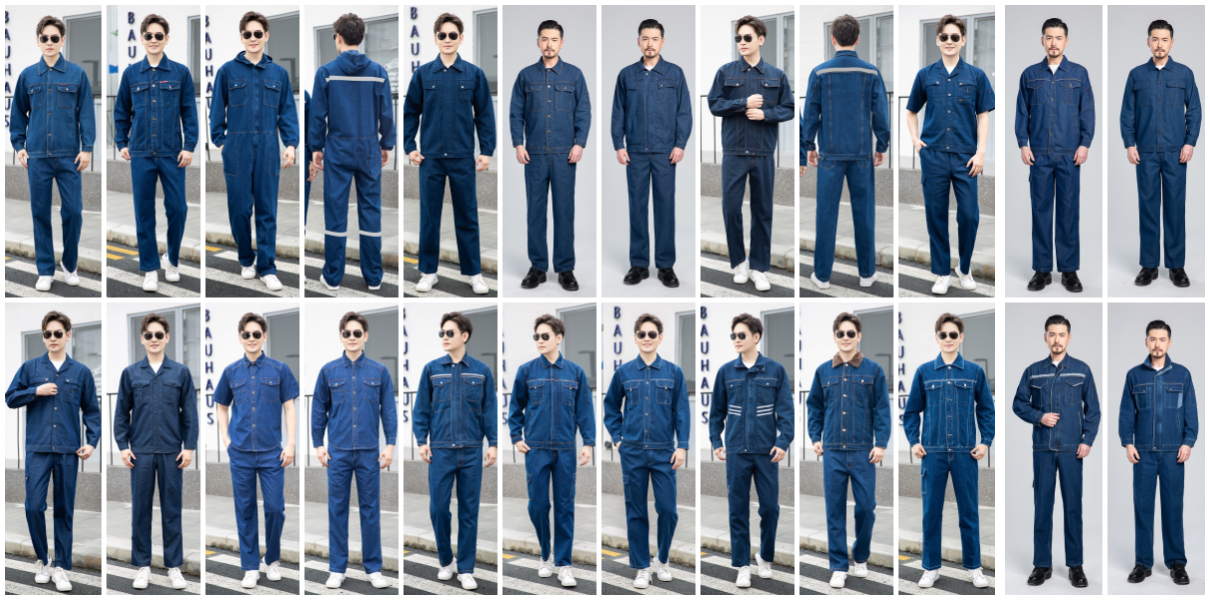
Denim Work Clothes Uniform
-
2. Hand Protection
-
Task-Specific Gloves: There is no “one glove fits all.”
-
Mechanic’s Gloves (lightweight, synthetic leather): Good for general assembly, handling parts, and offering grip and abrasion resistance.
-
Heavy-Duty Leather Gloves: For handling sharp metal, rough lumber, or welding.
-
Chemical-Resistant Gloves (e.g., Nitrile): For handling solvents, paints, stains, and adhesives.
-
Important Note: Do NOT wear gloves when operating rotating machinery like drill presses, lathes, or table saws, as they can get caught and pull your hand in.
Recommended reading:
-
3. Hearing Protection
-
Earplugs or Earmuffs: Essential for any task that produces loud, sustained noise (e.g., using routers, planers, angle grinders, or pneumatic tools). Earmuffs are often easier to take on and off frequently.
4. Respiratory Protection
-
Dust Mask or Respirator: Crucial for any task that creates dust (sanding wood, cutting drywall) or involves fumes (spray painting, welding, using strong chemicals).
-
Disposable Dust Mask (N95): For sanding and non-toxic dust.
-
Half-Face or Full-Face Respirator with appropriate cartridges: For toxic dust, chemical vapors, and paint fumes.
-
Clothing & PPE for Specific Workshop Tasks
| Task | Clothing & PPE | What to AVOID |
|---|---|---|
| Woodworking | Shop apron, durable pants, safety glasses, dust mask/respirator, hearing protection for power tools. | Loose sleeves, dangling drawstrings, rings. Synthetic fabrics that can melt. |
| Metalworking (Grinding, Welding) | FR (Flame-Resistant) clothing is ideal (like a heavy cotton or leather welding jacket), durable pants, steel-toe boots. | 100% synthetic materials (they can melt). Any exposed skin. |
| PPE: Safety glasses, welding helmet/face shield, heavy leather welding gloves, respirator for fumes. | ||
| Automotive / Mechanic | Mechanic’s coveralls are popular to keep grime off clothes. Durable pants and shirt. Steel-toe boots. | Baggy clothing that can snag on engine parts. |
| PPE: Safety glasses, mechanic’s gloves, hearing protection for impact tools. | ||
| Painting / Finishing | Old clothes you don’t mind ruining, or a disposable haiyuan suit. | Anything you care about keeping clean. |
| PPE: Chemical-resistant gloves, respirator with vapor cartridges, safety glasses. |
What NOT to Wear in a Workshop
-
Loose Clothing: Avoid baggy sleeves, scarves, or dangling straps that can get caught in moving parts.
-
Jewelry: Remove rings, necklaces, and bracelets. They can conduct electricity, get caught, or cause degloving injuries.
-
Open-Toed Shoes or Sandals: Absolutely forbidden.
-
Torn or Ripped Clothing: These can easily snag on tools and materials.
-
Highly Flammable Synthetics: Be cautious with materials like polyester or nylon, especially near sparks or heat.
In short, dressing for a workshop is about making a conscious risk assessment for every task. Your clothing is your first line of defense, and the right PPE is your essential shield.


